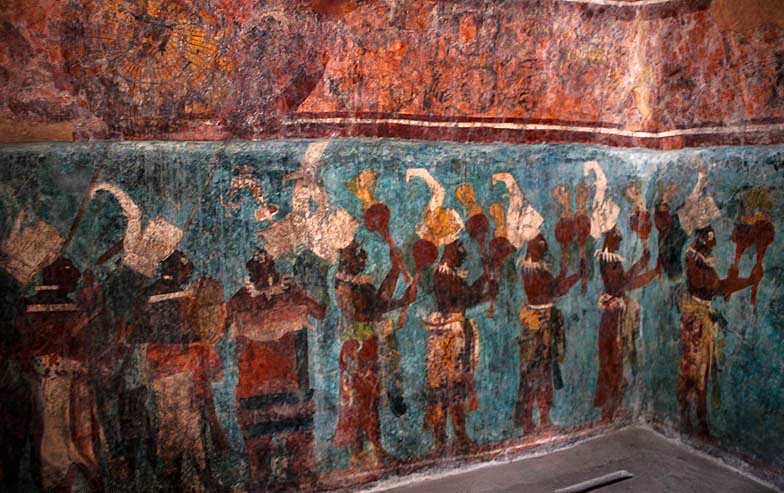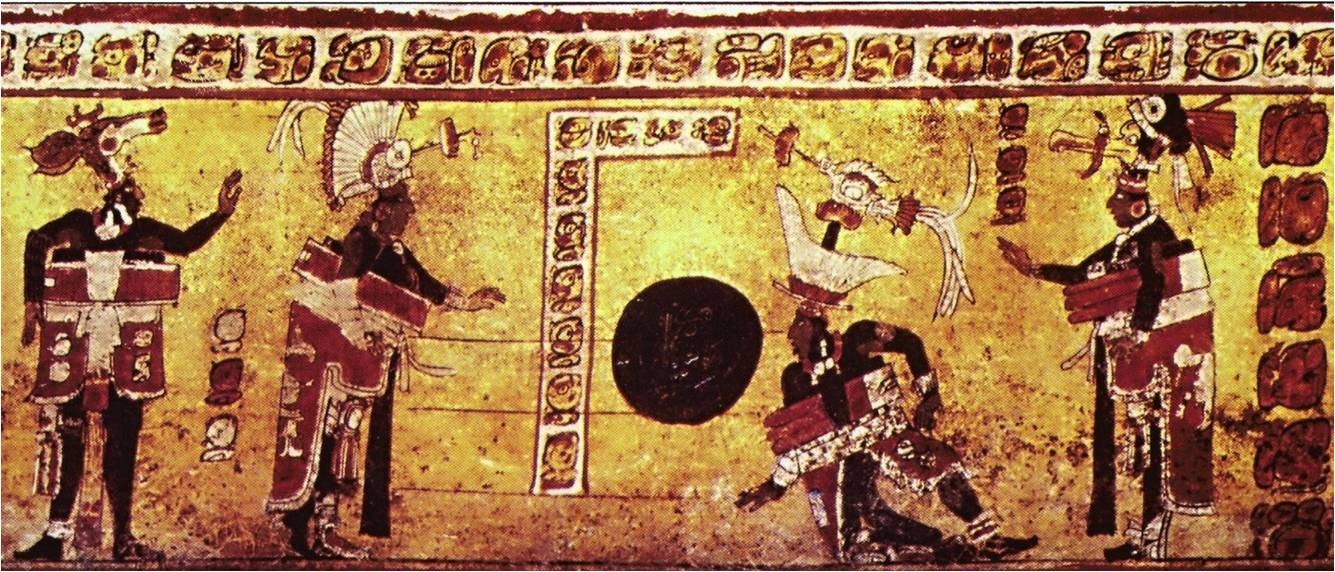Howdy, Stranger!
It looks like you're new here. If you want to get involved, click one of these buttons!
Quick Links
Barbados Island Penny 1792
 Thoth_Moshe
Member UncommonPosts: 240
Thoth_Moshe
Member UncommonPosts: 240
Barbados is an eastern Caribbean island and an independent British
Commonwealth nation. Bridgetown, the capital, is a cruise-ship port
with colonial buildings and Nidhe Israel, a synagogue founded in 1654.
Around the island are beaches, botanical gardens, the Harrison’s Cave
formation, and 17th-century plantation houses like St. Nicholas Abbey.
Local traditions include afternoon tea and cricket, the national sport.
http://www.oed.com/viewdictionaryentry/Entry/126934
N*****
a. A dark-skinned person of any origin. In early U.S. use usually with reference to American Indians. Usually offensive.
http://webstersdictionary1828.com/Dictionary/american
AMER'ICAN, noun A native of America; originally applied to the aboriginals, or copper-colored races, found here by the Europeans; but now applied to the descendants of Europeans born in America.
http://coinquest.com/cgi-bin/cq/coins?main_coin=8754
https://www.ngccoin.com/price-guide/world/barbados-penny-km-tn10-1792-cuid-1042343-duid-1283521


http://www.loc.gov/pictures/item/2003672914/

http://www.befr.ebay.be/itm/1671-Original-1st-ed-Arnoldus-Montanus-View-Warrior-Indian-Chief-North-America-/330810716762

http://www.britishmuseum.org/research/collection_online/collection_object_details.aspx?objectId=3338907&partId=1&people=14502&peoA=14502-2-70&page=1
Allegorical figure, shown full-length standing to left, head tilted to right, wearing a leopard skin, fringed gown, plumed head-dress, quiver and beads, holding a bow in one hand, arrow in the other; landscape with firs, mountains, waterfall and river in the background; in an oval frame. 1801
Hand-coloured mezzotint with etching

https://www.terapeak.com/worth/1671-original-1st-ed-montanus-view-of-indian-man-woman-hunt-canoe-native-plant/370667699119/

http://www.mexicolore.co.uk/maya/home/the-bonampak-murals
the bonampak murals of Mayans





Popol Vuh (also Popol Wuj) is a cultural narrative that recounts the mythology and history of the K'iche' people who inhabit(ed) the Guatemalan highlands northwest of present-day Guatemala City. Popol Vuh is a pre-conquest narrative dating to the Post Classic period, roughly CE 1000-1500. The actual written text, however, is a product of the Spanish colonial period. The title translates as "Book of the Community", "Book of Counsel", or more literally as "Book of the People". Popol Vuh's prominent features are its creation myth, its diluvian suggestion, its epic tales of the Hero Twins Hunahpú and Xbalanqué, and its genealogies. The myth begins with the exploits of anthropomorphic ancestors and concludes with a regnal genealogy, perhaps as an assertion of rule by divine right. As with other texts (Chilam Balam, being one example), a great deal of Popol Vuh's significance lies in the scarcity of early accounts dealing with Mesoamerican mythologies. Popol Vuh's fortuitous survival is attributable to the Spanish 18th century Dominican friar Francisco Ximénez.



https://digitalcollections.nypl.org/items/510d47e1-f599-a3d9-e040-e00a18064a99/book?parent=82e68640-c5d4-012f-5fa2-58d385a7bc34#page/11/mode/2up

http://www.oed.com/viewdictionaryentry/Entry/126934
N*****
a. A dark-skinned person of any origin. In early U.S. use usually with reference to American Indians. Usually offensive.
http://webstersdictionary1828.com/Dictionary/american
AMER'ICAN, noun A native of America; originally applied to the aboriginals, or copper-colored races, found here by the Europeans; but now applied to the descendants of Europeans born in America.
http://coinquest.com/cgi-bin/cq/coins?main_coin=8754
https://www.ngccoin.com/price-guide/world/barbados-penny-km-tn10-1792-cuid-1042343-duid-1283521


http://www.loc.gov/pictures/item/2003672914/
Florida. [Engraving from Montanus, Arnoldus. Die unbekante neve welt oder beschreibung des welt-teils Amerika. Amsterdam, J. von Meurs, 1673

http://www.befr.ebay.be/itm/1671-Original-1st-ed-Arnoldus-Montanus-View-Warrior-Indian-Chief-North-America-/330810716762
1671 Original 1st ed Arnoldus Montanus View Warrior Indian Chief North America

http://www.britishmuseum.org/research/collection_online/collection_object_details.aspx?objectId=3338907&partId=1&people=14502&peoA=14502-2-70&page=1
Allegorical figure, shown full-length standing to left, head tilted to right, wearing a leopard skin, fringed gown, plumed head-dress, quiver and beads, holding a bow in one hand, arrow in the other; landscape with firs, mountains, waterfall and river in the background; in an oval frame. 1801
Hand-coloured mezzotint with etching

https://www.terapeak.com/worth/1671-original-1st-ed-montanus-view-of-indian-man-woman-hunt-canoe-native-plant/370667699119/
1671 Original 1st Ed Montanus View Of Indian Man Woman Hunt Canoe Native Plant

http://www.mexicolore.co.uk/maya/home/the-bonampak-murals
the bonampak murals of Mayans





Popol Vuh (also Popol Wuj) is a cultural narrative that recounts the mythology and history of the K'iche' people who inhabit(ed) the Guatemalan highlands northwest of present-day Guatemala City. Popol Vuh is a pre-conquest narrative dating to the Post Classic period, roughly CE 1000-1500. The actual written text, however, is a product of the Spanish colonial period. The title translates as "Book of the Community", "Book of Counsel", or more literally as "Book of the People". Popol Vuh's prominent features are its creation myth, its diluvian suggestion, its epic tales of the Hero Twins Hunahpú and Xbalanqué, and its genealogies. The myth begins with the exploits of anthropomorphic ancestors and concludes with a regnal genealogy, perhaps as an assertion of rule by divine right. As with other texts (Chilam Balam, being one example), a great deal of Popol Vuh's significance lies in the scarcity of early accounts dealing with Mesoamerican mythologies. Popol Vuh's fortuitous survival is attributable to the Spanish 18th century Dominican friar Francisco Ximénez.



https://digitalcollections.nypl.org/items/510d47e1-f599-a3d9-e040-e00a18064a99/book?parent=82e68640-c5d4-012f-5fa2-58d385a7bc34#page/11/mode/2up

Post edited by Thoth_Moshe on

Comments
In New Zealand, the indigenous Māori (see also Iwi) constitute nearly 15% of the total population. Most of those people who define themselves as Māori are also of European and to a much lesser extent Asian descent.
At least one part of the Americas was already occupied by humans before that time, however, says new research on the skeleton of a male youth found in Chan Hol cave near Tulúm, Mexico. Dubbed the Young Man of Chan Hol, the remains date to 13,000 years ago, according to a paper published in the journal PLOS ONE.
How he arrived at the location remains a great mystery given the timing and the fact that Mexico is well over 4,000 miles away from the Bering land crossing.